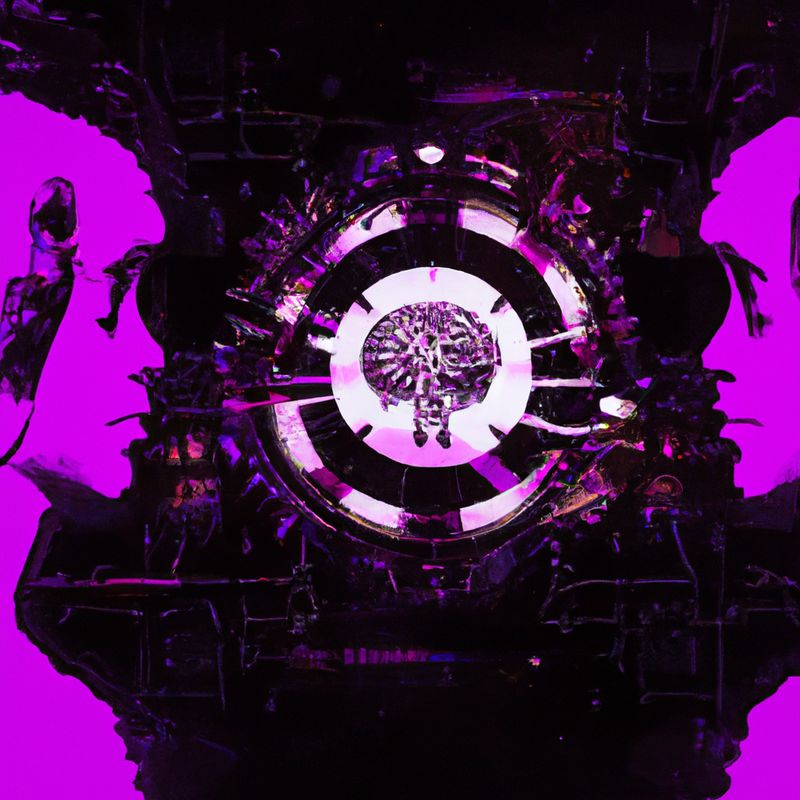AI and Education: What You Need to Know

The use of artificial intelligence (AI) in education is quickly becoming one of the most talked about topics in the education sector. AI is being used in a variety of ways to improve student learning outcomes, increase efficiency, and reduce the amount of time spent on administrative tasks. In this blog post, we will explore the various ways AI is being used in education and what you need to know about it.
What is Artificial Intelligence?
Artificial intelligence (AI) is the development of computer systems that can perform tasks that normally require human intelligence. AI enables machines to learn from experience, adjust to new inputs, and perform human-like tasks. AI can be used in a variety of ways, from self-driving cars to voice recognition software. In the education sector, AI can be used to improve student learning outcomes, increase efficiency, and reduce the amount of time spent on administrative tasks.
What Are the Benefits of Artificial Intelligence in Education?
AI has the potential to revolutionize the way education is delivered. AI can be used to personalize learning for each student, identify areas of improvement, and provide feedback on student performance. AI can also be used to automate administrative tasks such as grading, attendance tracking, and course scheduling. By using AI, teachers can spend more time on teaching and less time on administrative tasks.
How Is Artificial Intelligence Being Used in Education?
AI is being used in a variety of ways in the education sector. AI can be used to create personalized learning experiences for students, automate administrative tasks, and provide feedback on student performance. AI can also be used to analyze data and provide insights into student learning patterns and areas of improvement. AI can also be used to create virtual learning environments and provide support for online learning.
What Are the Challenges of Using Artificial Intelligence in Education?
Although AI has the potential to revolutionize the way education is delivered, there are also some challenges that need to be addressed. One of the main challenges is ensuring that AI is used in an ethical way. AI should be used to improve student learning outcomes and not to replace teachers or create an unfair advantage for certain students. Additionally, AI should not be used to monitor or track student behavior or to create biased algorithms. Finally, AI should not be used to replace human judgment or decision-making.
Conclusion
AI has the potential to revolutionize the way education is delivered. AI can be used to personalize learning for each student, automate administrative tasks, and provide feedback on student performance. However, it is important to ensure that AI is used in an ethical way and that it is not used to replace teachers or create an unfair advantage for certain students. By understanding the potential benefits and challenges of AI in education, we can ensure that AI is used responsibly and effectively.

